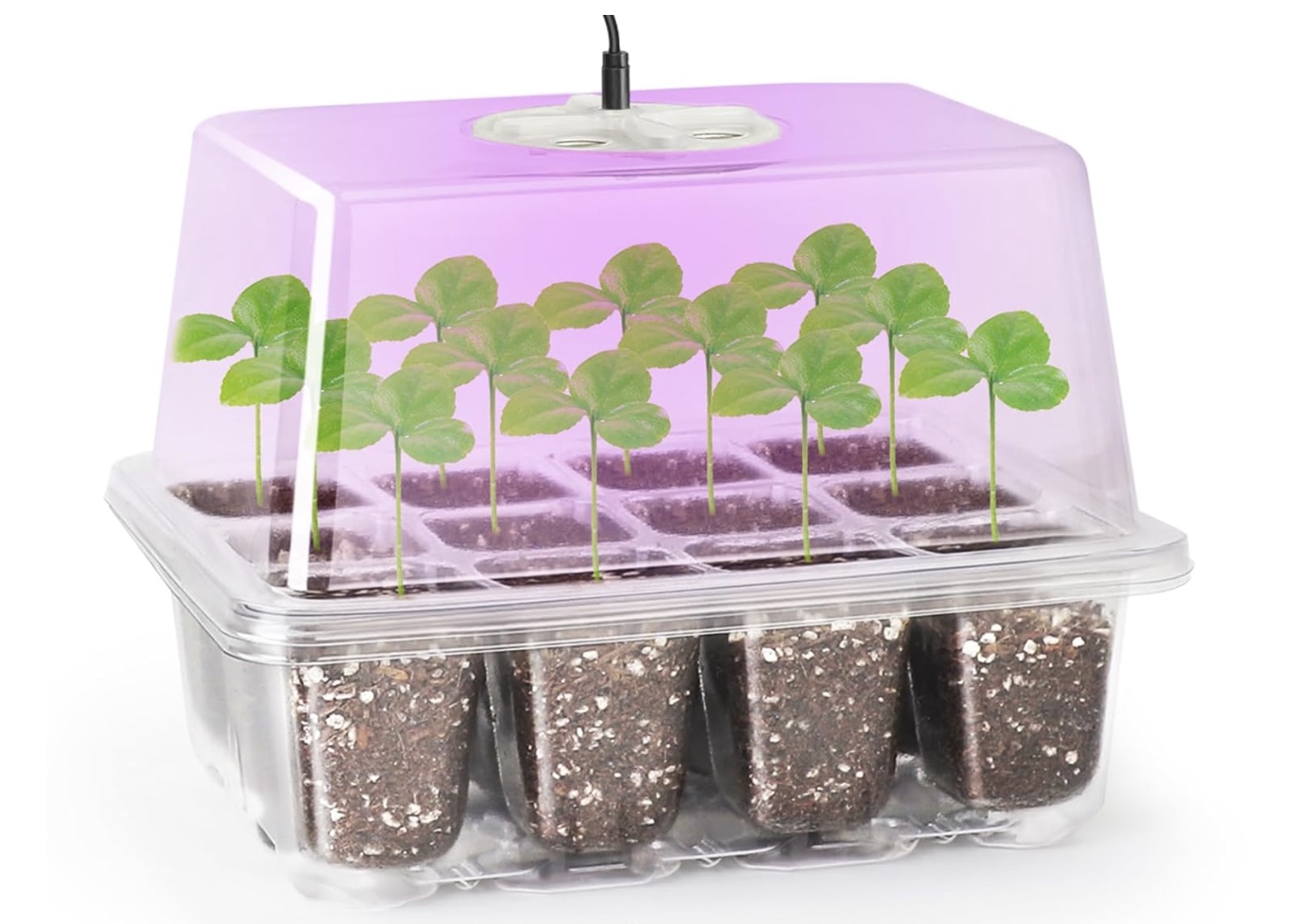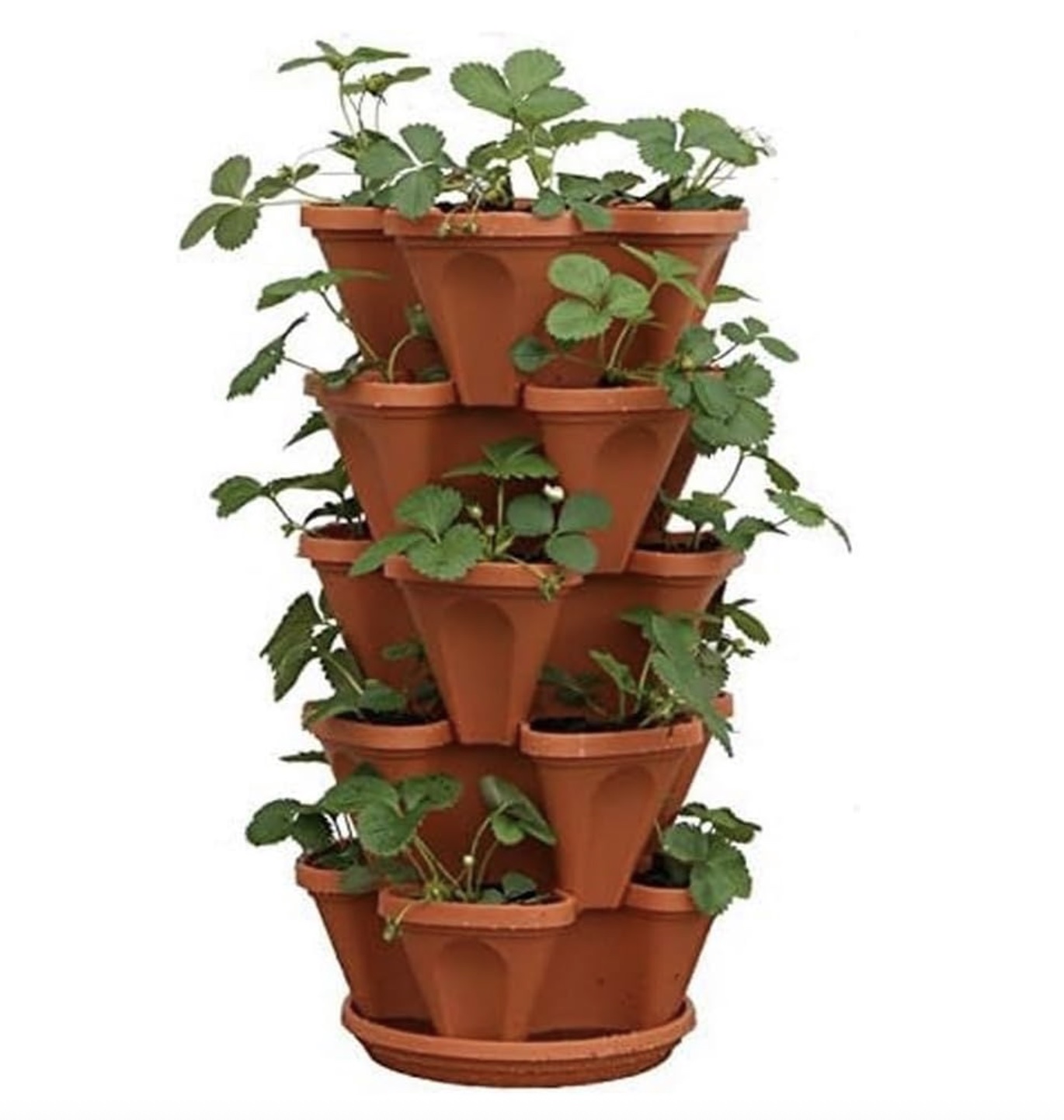Do You Know How To Propagate Strawberries The Right Way? We Reveal 3 Foolproof Ways To Grow Lots More Fruity Treats Cheaply!
Reached the end of your strawberry harvests & itching to kickstart your next crop? If you’re wondering how to propagate strawberries, here are 3 ways to more juicy fruit

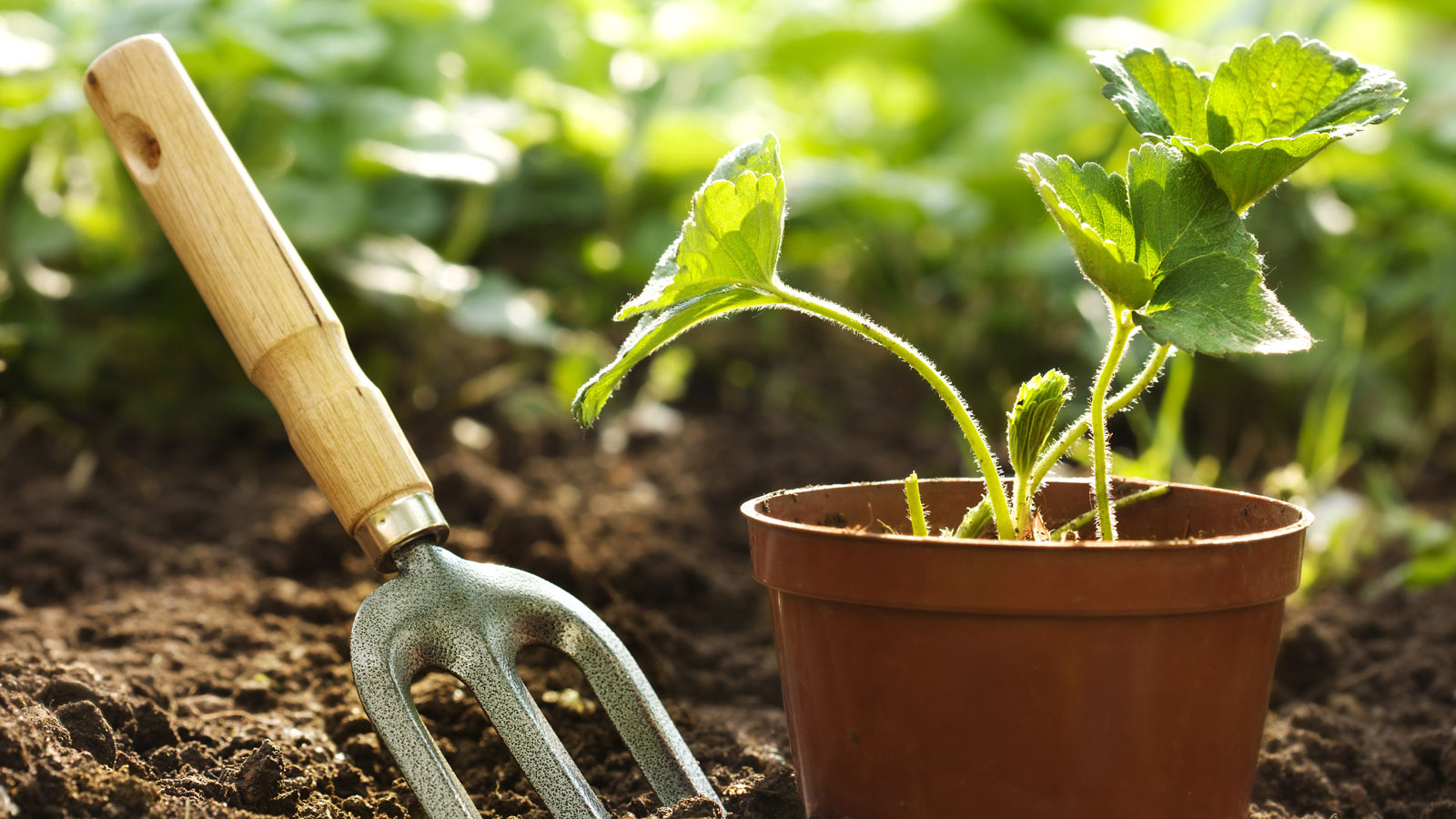
Growing strawberries in the home garden is widely acknowledged as the best way to enjoy this sweet, luscious fruit. Store-bought strawbs just can’t compare to the juicy nibbles produced at home. But there will come a time when you need to replace some of your old plants, or maybe you just want to increase your home production. Knowing how to propagate strawberries gives you a chance to multiply your harvests and create even more exciting fruiting opportunities without having to break the bank.
The best bit is that propagating strawberries is easy to do. If your strawberry plants produce runners, that may be the easiest way to get more plants. However, if you pick the right varieties, you can also grow from seed. And if your plants have multiple crowns, you can separate those to increase the number of strawberry plants you cultivate. Read on to find out how to boost your berry harvests the easy way.
Best Ways To Propagate Strawberries
Whether you’ve had a tasty harvest and you are looking for ways to repeat your success, or you are looking for a way to start fruity crops from scratch, this is your chance to explore the different ways of propagating strawberries so you have something yummy to look forward to!
Strawberry propagation can be carried out in three ways, depending on your particular variety, planting preference, region, and time of year. Here we consider the different methods in turn, so you can look forward to a sweet supply of big and beautiful berry harvests.
1. Propagating Strawberries by Seed
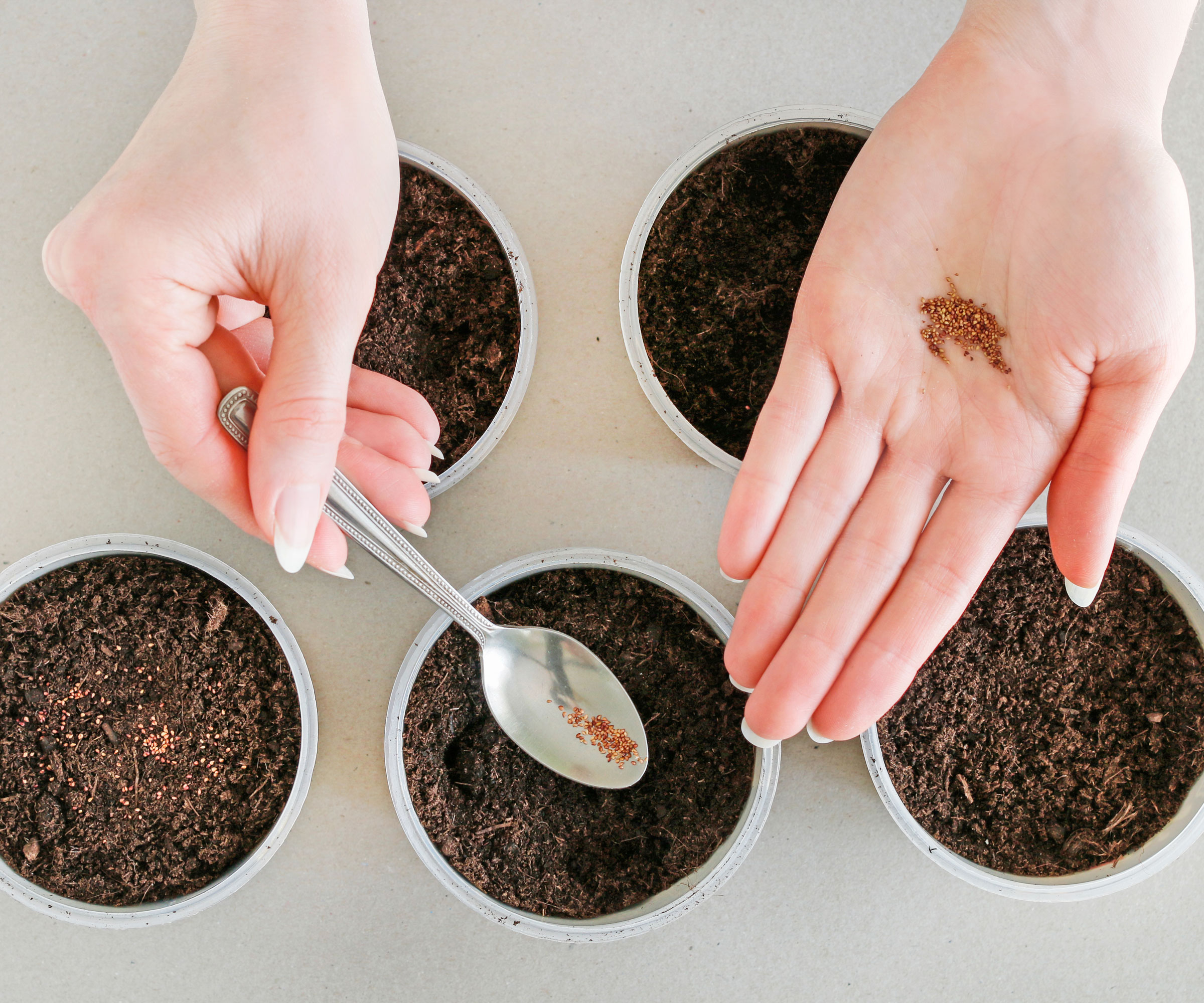
Growing strawberries by seed is possible, but not from the strawberries you buy at the store, and it isn’t really that easy from the berries you might produce at home, either. Those strawberries are hybrid cultivars and will not come true from seed. However, wild strawberries or heirloom varieties can be grown from seed.
If you want to know how to propagate strawberry plants from seed, you can purchase the seeds from reputable online seed companies. You’ll tend to find names describing wild strawberries, woodland breeds, or alpine strawberry plant types. Look for heirloom seeds, too. Avoid buying from individuals selling from online auction websites.
For mouthwatering berries you can grow from scratch, try ‘Alexandria Seeds’ from Hirt’s Gardens or ‘Fresca’ from Cemeha, both available at Walmart. For something different, try ‘Yellow Wonder Alpine’ from Hirt’s Seeds or ‘White Soul’ seeds from Seedville USA, both from Walmart.
Once you have your seed, follow the package instructions. It may say they need a cold treatment or stratification. If so, wrap the seeds in an airtight container, then store them in the freezer for two to four weeks to simulate winter. Then remove them from the freezer and set the container on the countertop to warm to room temperature. Then you are ready to plant!
Prepare a seed tray with a mix of three parts peat with one part organic soil. Fill to about 0.5 inches (1.3cm) deep. Moisten the growing media and sprinkle the seeds across the top. Lightly dust with peat, allowing the seeds to show through. Set in a warm place such as on a heat mat in direct sunlight, if possible. Keep well watered and add supplemental light if needed. The seeds should germinate in a couple of weeks.
Sign up for the Gardening Know How newsletter today and receive a free copy of our e-book "How to Grow Delicious Tomatoes".
Keep the light 2-3 inches (5-8cm) above the seedlings and raise it as they grow. When the seedlings have three sets of true leaves, move them to individual containers. If the temperature outside is above 50 degrees F (10°C), you can move them outside to plant after hardening them off.
2. Propagating Strawberries by Runners
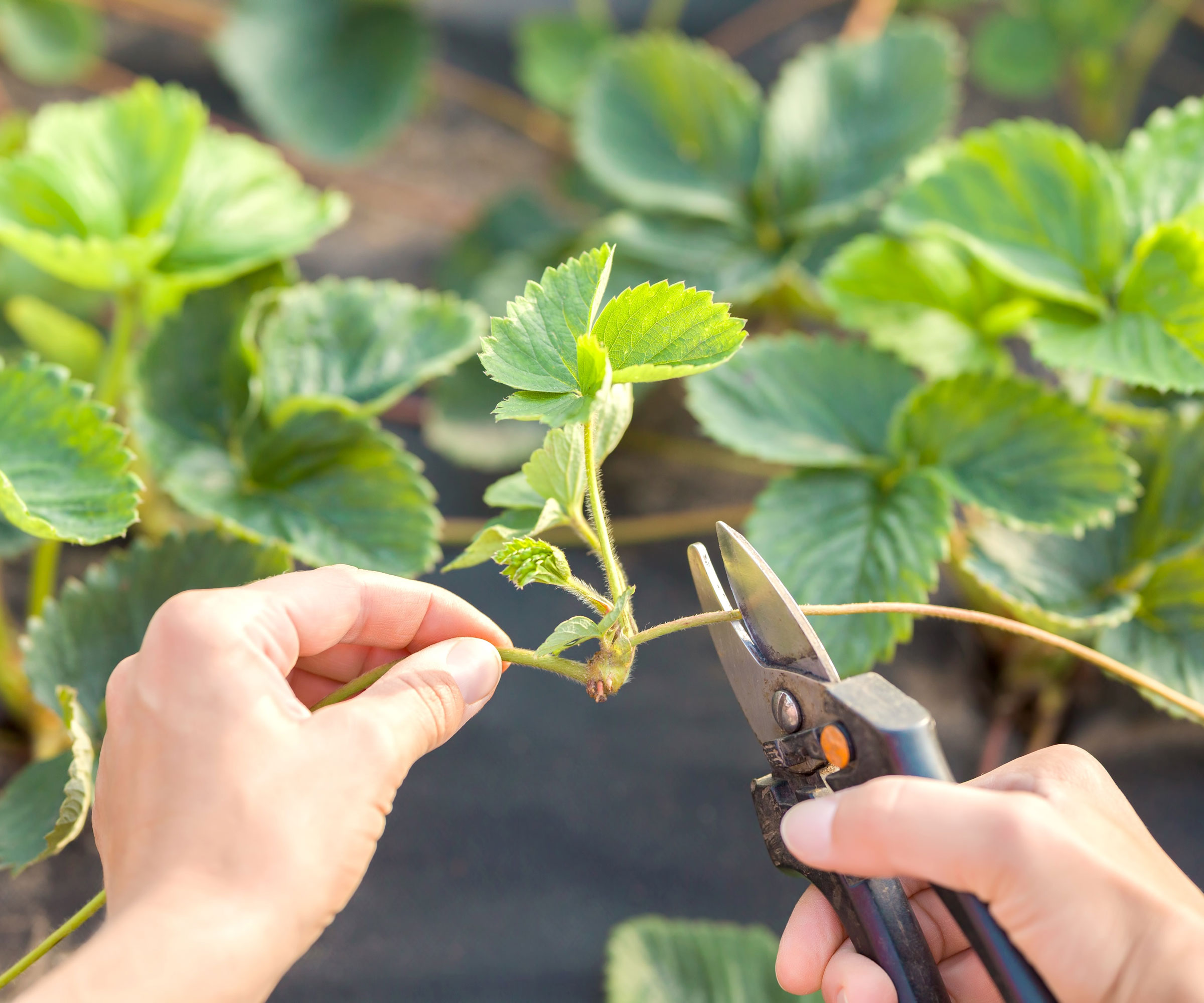
If the variety of strawberry you are growing is producing runners, such as June bearing or summer-bearing strawberries, then propagating by runners is the best method for you. Generally, most types of strawberries, including day-neutral and everbearing, will produce a few runners, whether you grow them in a raised bed or a container like a hanging basket.
When learning how to propagate strawberry runners, identify the runners (stolons) first. They are the long, wiry stems that are growing from the main plant, and they have one or more daughter plants growing out of them.
Choose daughter plants that have at least two trifoliate leaves and visible root bumps. Use clean scissors to cut plants that are 2.5-4 inches (6-10cm) long from base to end. Include about 0.5 inch (1.3cm) of the runner stem. If you aren’t planting the runner tips right away, preserve them in water or set them in a cooler. Plant within 24 hours.
Plant the tips in cell trays or individual pots filled with moist, soil-free potting mix. Plant the root bumps and bit of runner into the cell, keeping the crown above the media. Cover the cells with a plastic dome and mist often. The runners should root within 5-10 days. After rooting, you can fertilize with a 10-10-10 fertilizer every other week. Try a slow-release all-purpose fertilizer like Garden Wise 10-10-10, available at Walmart.
An alternate way to propagate strawberry runners is to place a daughter plant on top of a small pot filled with sandy loam soil, without severing the runner. Secure the daughter plant with U clips or bent wire to the soil, so it won’t slip out of the container. Trim off any stem portions. Then keep the soil moist. When roots are sufficient, snip off the runner.
3. Propagating Strawberries by Division
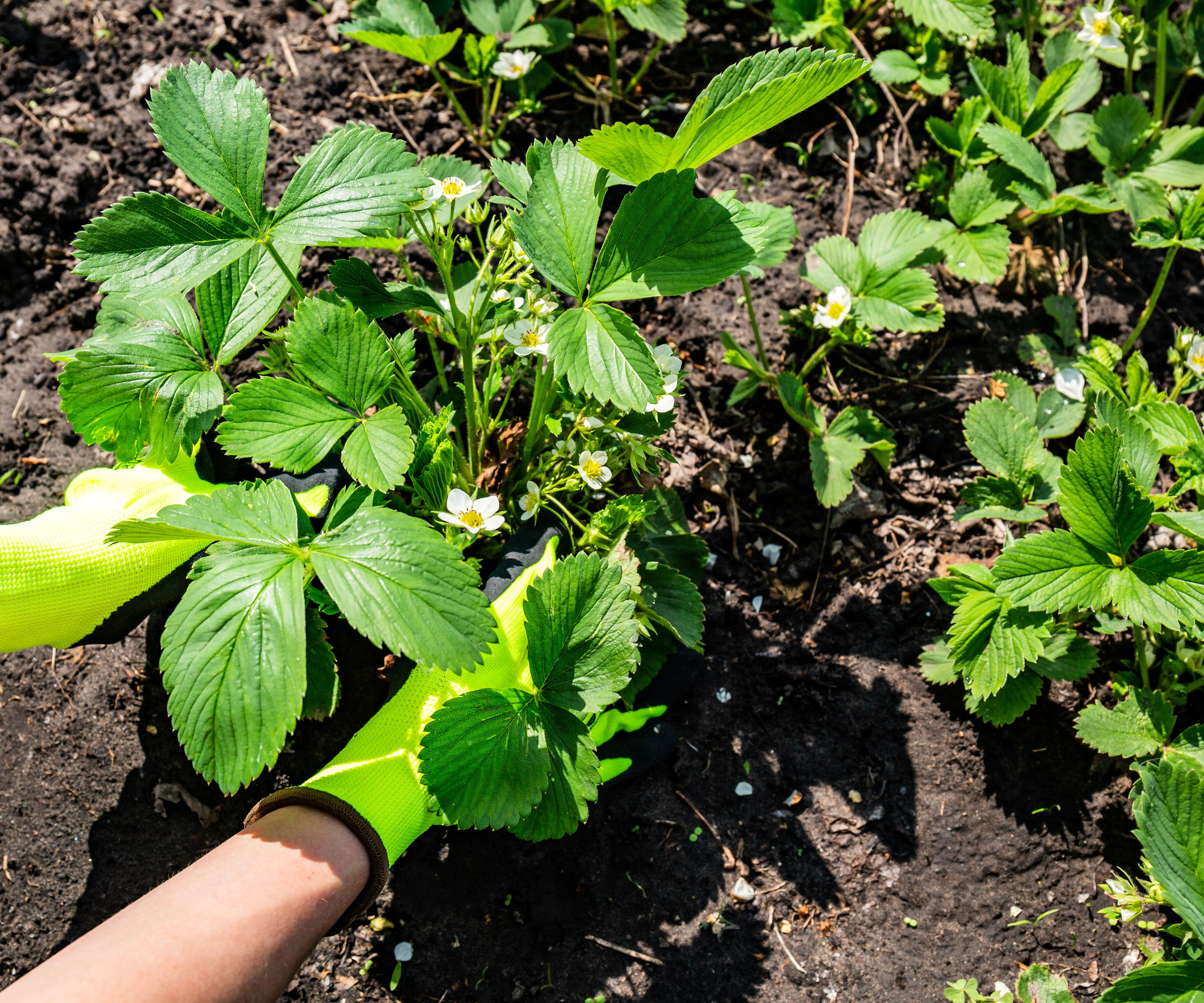
So how do you propagate strawberries from existing plants if you don’t see any runners? There is another option if you want to cultivate sweet strawberries from propagation: division. Choosing to divide a strawberry plant depends on whether the main crown of the plant bears additional lateral crowns. You can usually tell if you see new growth emerging from the base of the plant, with distinct clusters of leaves. If so, those crowns can be divided to become new plants.
The only time to divide strawberry crowns is in early spring. The night before dividing, water the plant well to hydrate its roots. Draw a circle 2-3 inches (5-8cm) away from the crown to use as a digging guide.
Dig down 6 inches (15cm) deep with a trowel and lift the crown and rootball from the soil. Cut through the rootball to create two equal sections. Brush off the excess soil and if there are sufficient roots, you can subdivide those two divisions. Each plant should have its own small crown and 6-12 roots.
Replant the divisions into holes where the plants’ crowns are 0.5 inch (1.3cm) below the soil level. Fill in with soil and cover the crowns loosely with soil. The leaves and stems should be above the soil. Cover the crowns with 2-inches (5cm) of mulch to shield them from temperature changes.
Keep the plants watered well while they grow new roots. Add a good slow-release strawberry fertilizer at the start of the new flowering season. They should flower and fruit during the next year.
Frequently Asked Questions
Will strawberries root and grow in water?
Strawberries will not root in water in the sense that we root houseplants. However, strawberries can grow in a hydroponic system with controlled light, temperature and humidity. Be sure to give hydroponic strawberries a continuous nutrient water solution to ensure they thrive and develop ample flowers (and fruits).
How can I germinate strawberry seeds quickly?
Growing strawberries from seed is not a quick method, but it is an option. Buy seeds from a reputable seed vendor and give the seeds a cold treatment in the freezer for two to four weeks. Place seeds on top of moist potting soil in a seed tray.
Position near a sunny window or add grow lights. To increase humidity, cover with plastic wrap or a plastic dome. This should help to speed up the time it takes for strawberries to grow. Keep the soil moist. It can take weeks or months for seeds to germinate.
Interested in more ideas for homegrown crops, organic gardening and expert advice delivered straight to your inbox? Sign up for the free Gardening Know How Newsletter!
This article features products available from third party vendors on the Gardening Know How Shop. Keep in mind that our plant inventory is limited - so if you’re thinking of purchasing, don’t wait!

After graduating from Oklahoma State University with a degree in English, Susan pursued a career in communications. In addition, she wrote garden articles for magazines and authored a newspaper gardening column for many years. She contributed South-Central regional gardening columns for four years to Lowes.com. While living in Oklahoma, she served as a master gardener for 17 years.
